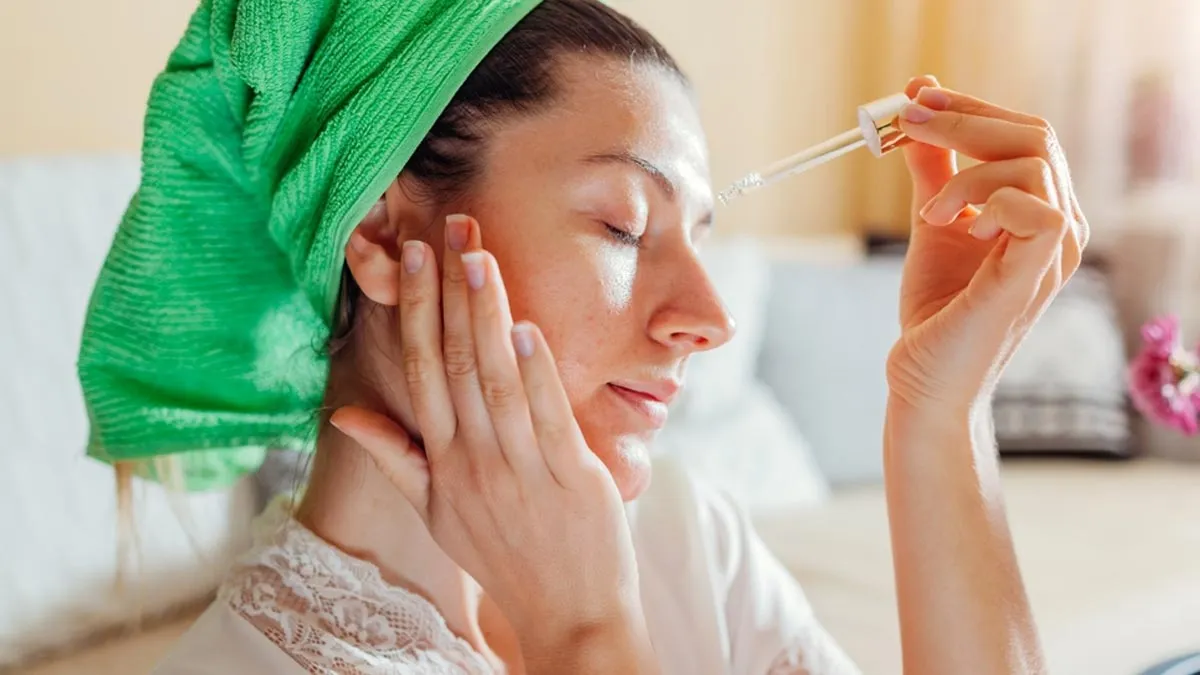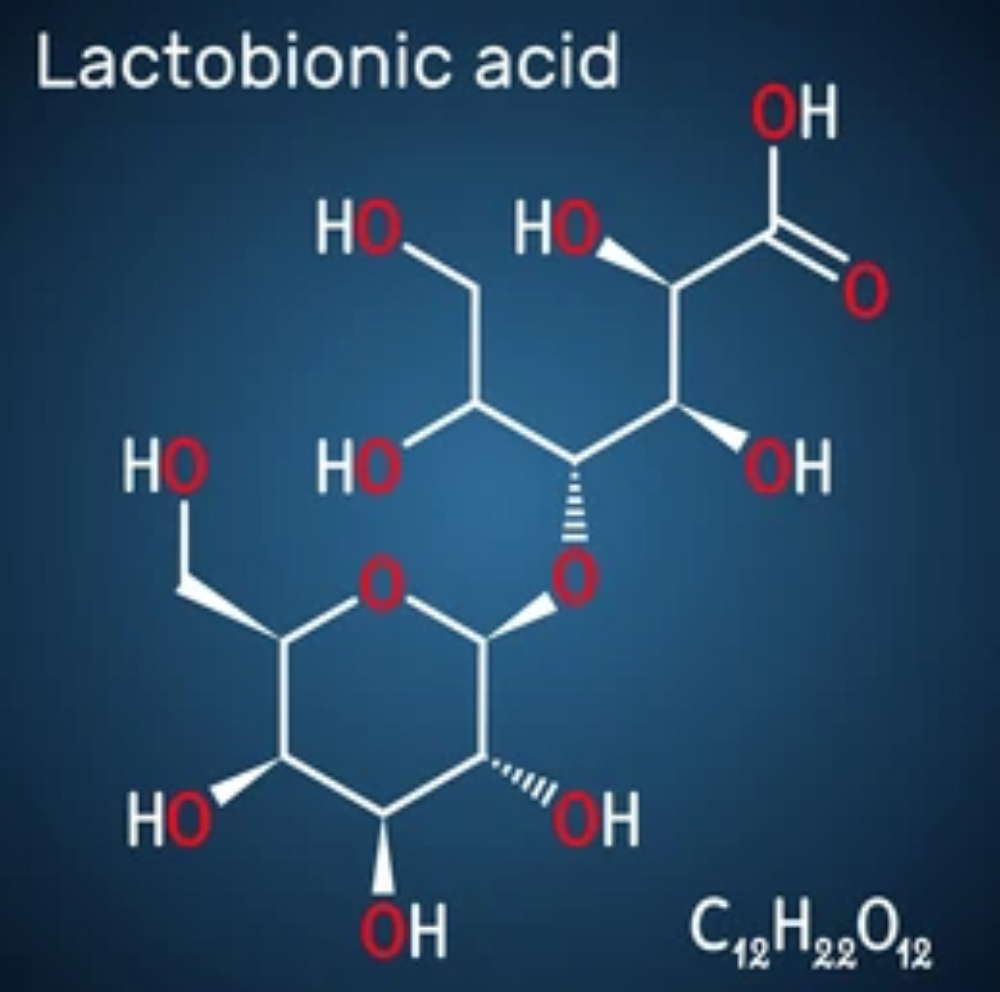
Have you ever felt lost trying to keep up with all the new skincare ingredients? When we get used to words like glycolic or salicylic acid, another one shows up: 'Lactobionic Acid'. It might sound a bit scientific, but it’s one of the gentlest and most helpful ingredients, especially for sensitive skin. If strong acids have ever left your skin red or irritated, this one might be a game-changer. Here's what it does and why your skin might love it.
Table of Content:-
What Is Lactobionic Acid?

Lactobionic Acid (LBA) is a Polyhydroxy Acid (PHA) which is the milder form of AHAs (Alpha-Hydroxy Acids) and BHAs (Beta-Hydroxy Acids). In a 2025 study, LBA has the same characteristics and properties as AHAs, such as glycolic acid. However, it stands out because it does not result in side effects like severe peeling, burning, or skin redness. It's exfoliating and moisturising, essentially a two-in-one in your skincare regimen.
Why Is It Gaining Popularity?
In the skincare world, there’s a growing shift toward barrier-friendly ingredients. We’re moving away from harsh scrubs and stripping formulas to options that protect and strengthen the skin. That’s where LBA shines.
It works on the skin surface, breaking down dead skin cells gently, opening pores, and promoting cell turnover. But while most exfoliants penetrate too deeply and can be irritable, red, and peeling, this one doesn't. It has humectant properties, attracting water and keeping your skin moist.
Also Read: Can You Use Vitamin C And Salicylic Acid Together? Find Out Here
How Does Lactobionic Acid Promote Skin Health?
1. Gentle Exfoliation

If you have previously tried glycolic or salicylic acid and ended up red or flaky, LBA could be your gentle alternative. It eliminates dullness and rough texture eventually, making your skin smoother and brighter, without causing sensitivity.
2. Hydrates Your Skin
LBA retains moisture in your skin because of its humectant properties, which is a lifesaver for individuals with dry skin. It can make your skin feel fuller and more at ease, particularly during harsh weather conditions.
3. Strengthens the Skin Barrier
LBA has antioxidants that mitigate oxidative stress, while also supporting your skin's barrier. This makes it a great option for individuals experiencing rosacea, eczema, or overall sensitivity.
4. Reduces Fine Lines and Pigmentation

With repeated use, LBA stimulates collagen production and enhances skin texture. It also fades dark spots and post-acne marks, but in an infinitely slower, more subtle manner than retinol or more aggressive acids. Lactobionic acid, when used alone, is perfect for all skin types and can provide anti-ageing benefits. Its gentleness makes it also an excellent addition to cosmetic treatments, further amplifying benefits in photoaged skin, as found in a study in Cosmetic Dermatology.
5. Can Be Used In Combination
Another major plus? It doesn't clash with most other skincare ingredients. You can mix it with peptides, hyaluronic acid, ceramides, and even retinol (though always patch test first). It's the type of team player your skincare shelf will thank you for.
Also Read: How To Check If Your Skin Is Sensitive At Home! Expert Shares The Guide
Who Should Use It?
Anyone who desires smooth, radiant skin without risking irritation can incorporate LBA into their routine. It's especially useful:

- Sensitive skin types
- Individuals with rosacea or eczema
- Dry skin
- Mature skin
- Anyone new to chemical exfoliation
If you've ever been left out of the acid discussion because your skin just can't tolerate the sting, this could be your entry point.
How To Use It
Start slow, as with any new skincare ingredient. You can find LBA in serums, toners, moisturisers, and masks. Use it 2–3 times a week at first, ideally at night, and always follow up with sunscreen during the day.
[Disclaimer: This article contains information for informational purposes only. Hence, we advise you to consult your professional if you are dealing with any health issue to avoid complications.]
Also watch this video
How we keep this article up to date:
We work with experts and keep a close eye on the latest in health and wellness. Whenever there is a new research or helpful information, we update our articles with accurate and useful advice.
Current Version